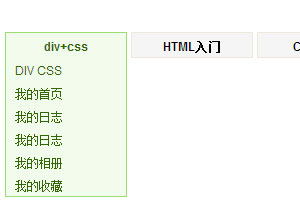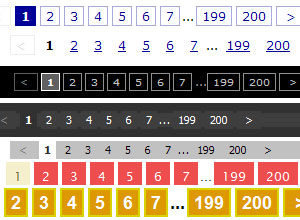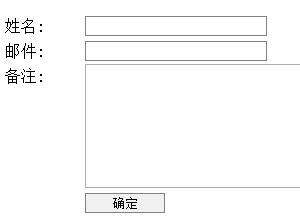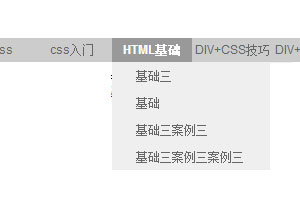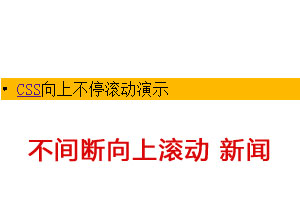在网络上访问数据有不同方式?:
-爬取HTML网页
-直接下载数据文件,例如csv,txt,pdf文件
-通过应用程序编程接口(API)访问数据,例如 电影数据库,Twitter
选择网页爬取,当然了解HTML网页的基本结构,可以参考这个网页:
HTML的基本结构
HTML标记:head,body,p,a,form,table等等
标签会具有属性。例如,标记a具有属性(或属性)href的链接的目标。
class和id是html用来通过级联样式表(CSS)控制每个元素的样式的特殊属性。 id是元素的唯一标识符,而class用于将元素分组以进行样式设置。
一个元素可以与多个类相关联。 这些类别之间用空格隔开,例如 <h2 class=“ city main”>伦敦</ h2>
下图是来自W3SCHOOL的例子,city的包括三个属性,main包括一个属性,London运用了两个city和main,这两个类,呈现出来的是下图的样子。
可以通过标签相对于彼此的位置来引用标签
child-child是另一个标签内的标签,例如 这两个p标签是div标签的子标签。
parent-parent是一个标签,另一个标签在其中,例如 html标签是body标签的parent标签。
siblings-siblings是与另一个标签具有相同parent标签的标签,例如 在html示例中,head和body标签是同级标签,因为它们都在html内。 两个p标签都是sibling,因为它们都在body里面。
四步爬取网页:
第一步:安装模块
安装requests,beautifulsoup4,用来爬取网页信息
Install modules requests, BeautifulSoup4/scrapy/selenium/....requests: allow you to send HTTP/1.1 requests using Python. To install:Open terminal (Mac) or Anaconda Command Prompt (Windows)code: BeautifulSoup: web page parsing library, to install, use:
第二步 :利用安装包来读取网页源码
第三步:浏览网页源码找到需要读取信息的位置
这里不同的浏览器读取源码有差异,下面介绍几个,有相关网页查询详细信息。
Firefox: right click on the web page and select "view page source"Safari: please instruction here to see page source ()Ineternet Explorer: see instruction at
第四步:开始读取
Beautifulsoup: 简单那,支持CSS Selector, 但不支持 XPathscrapy (): 支持 CSS Selector 和XPathSelenium: 可以爬取动态网页 (例如下拉不断更新的)lxml等BeautifulSoup里Tag: an xml or HTML tag 标签Name: every tag has a name 每个标签的名字Attributes: a tag may have any number of attributes. 每个标签有一个到多个属性 A tag is shown as a dictionary in the form of {attribute1_name:attribute1_value, attribute2_name:attribute2_value, ...}. If an attribute has multiple values, the value is stored as a listNavigableString: the text within a tag
上代码:
#Import requests and beautifulsoup packages
from IPython.core.interactiveshell import InteractiveShell
InteractiveShell.ast_node_interactivity="all"
# import requests package
import requests
# import BeautifulSoup from package bs4 (i.e. beautifulsoup4)
from bs4 import BeautifulSoup
Get web page content
# send a get request to the web page
page=requests.get("A simple example page")
# status_code 200 indicates success.
# a status code >200 indicates a failure
if page.status_code==200:
# content property gives the content returned in bytes
print(page.content) # text in bytes
print(page.text) # text in unicode
#Parse web page content
# Process the returned content using beautifulsoup module
# initiate a beautifulsoup object using the html source and Python’s html.parser
soup=BeautifulSoup(page.content, 'html.parser')
# soup object stands for the **root**
# node of the html document tree
print("Soup object:")
# print soup object nicely
print(soup.prettify())
# soup.children returns an iterator of all children nodes
print("\soup children nodes:")
soup_children=soup.children
print(soup_children)
# convert to list
soup_children=list(soup.children)
print("\nlist of children of root:")
print(len(soup_children))
# html is the only child of the root node
html=soup_children[0]
html
# Get head and body tag
html_children=list(html.children)
print("how many children under html? ", len(html_children))
for idx, child in enumerate(html_children):
print("Child {} is: {}\n".format(idx, child))
# head is the second child of html
head=html_children[1]
# extract all text inside head
print("\nhead text:")
print(head.get_text())
# body is the fourth child of html
body=html_children[3]
# Get details of a tag
# get the first p tag in the div of body
div=list(body.children)[1]
p=list(div.children)[1]
p
# get the details of p tag
# first, get the data type of p
print("\ndata type:")
print(type(p))
# get tag name (property of p object)
print ("\ntag name: ")
print(p.name)
# a tag object with attributes has a dictionary
# use <tag>.attrs to get the dictionary
# each attribute name of the tag is a key
# get all attributes
p.attrs
# get "class" attribute
print ("\ntag class: ")
print(p["class"])
# how to determine if 'id' is an attribute of p?
# get text of p tag
p.get_text()
如需转载,请注明文章出处和来源网址:http://www.divcss5.com/html/h60344.shtml


